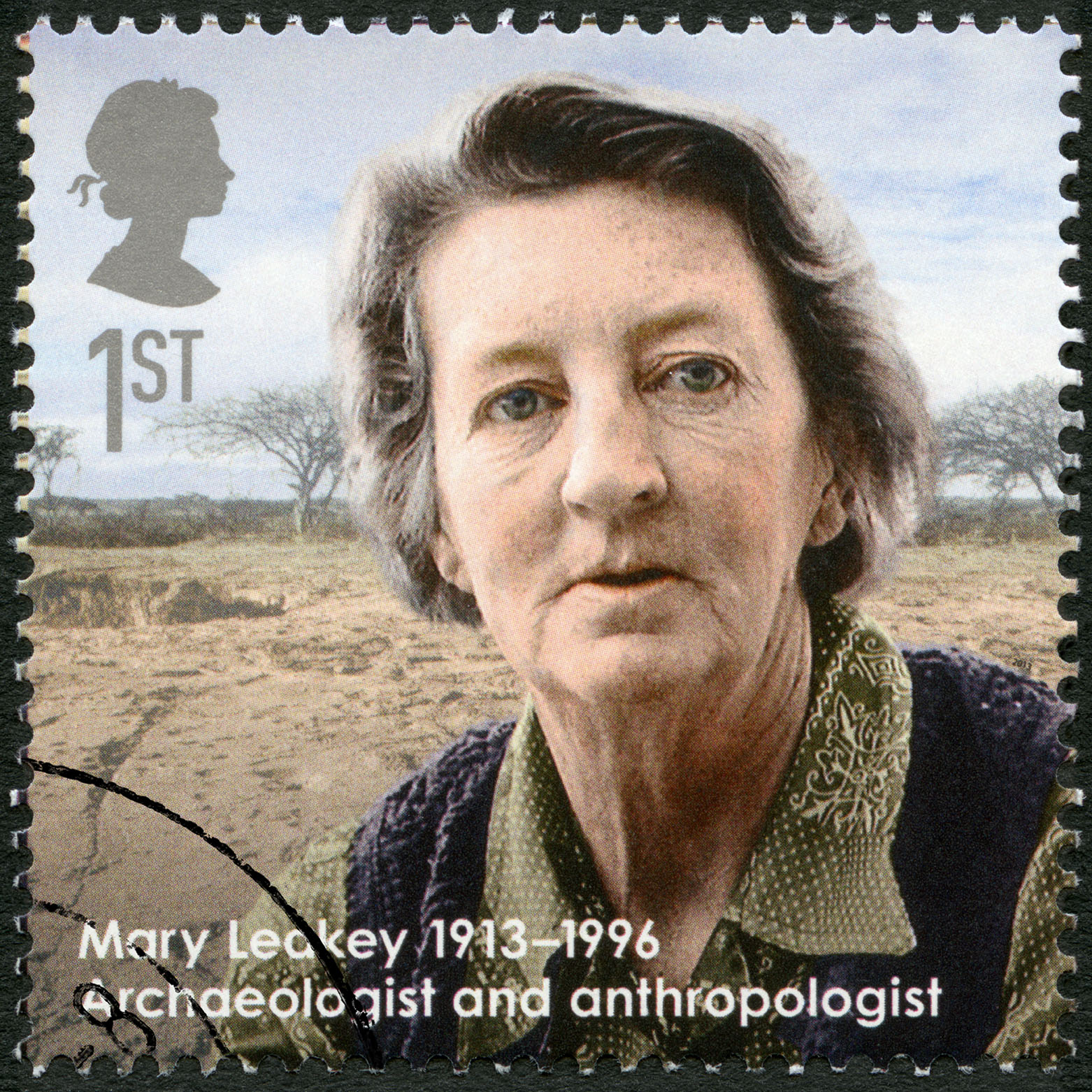

Mary Leakey was a British archaeologist who made important discoveries about the early human lineage. She is best known for her discovery of the fossilized remains of "Lucy," an early hominin who lived about 3.2 million years ago.
Leakey was born in London, England, in 1913. She studied archaeology at the University of Cambridge and then went on to work in Africa. She began her career excavating in Kenya, where she made her first major discovery, the skull of an early hominin called Proconsul africanus.
In 1974, Leakey and her team made their most famous discovery, the fossilised remains of "Lucy." Lucy was a small, ape-like creature who walked upright. Her discovery helped to show that humans evolved from ape-like ancestors.
Leakey continued to work in Africa until her death in 1996. She made many other important discoveries, including the remains of early humans called Australopithecus afarensis and Homo habilis. She was a pioneer in the field of paleoanthropology, and her work helped to change our understanding of human evolution.
Mary Leakey continued to work in paleoanthropology until her death in 1996.

There are no different forms of the word "Mary Leakey" because it is a proper noun.
The name "Mary Leakey" is of English origin. It is a compound name, made up of the following elements:
Mary: This is a common female name of Hebrew origin, meaning "bitter" or "sea of bitterness".
Leakey: This is a surname of English origin, meaning "dweller at the clearing".
What is Mary Leakey famous for?